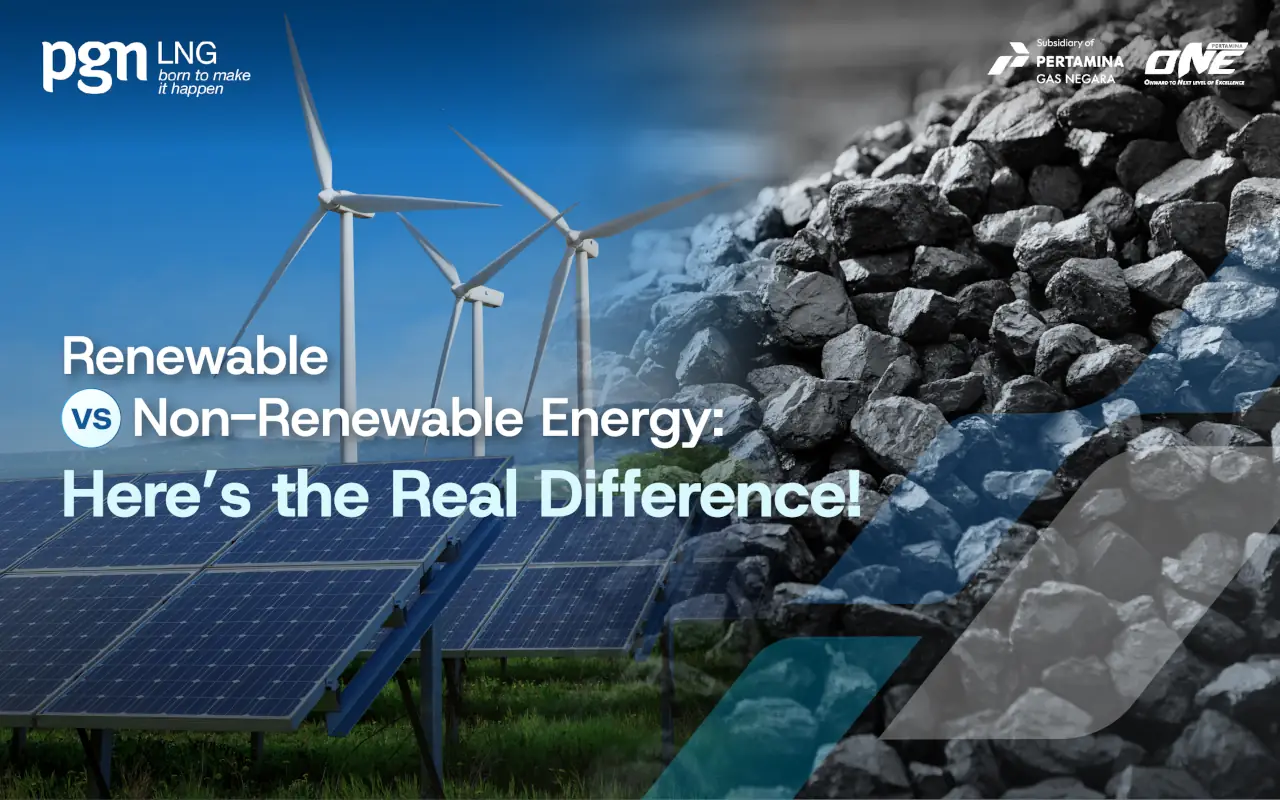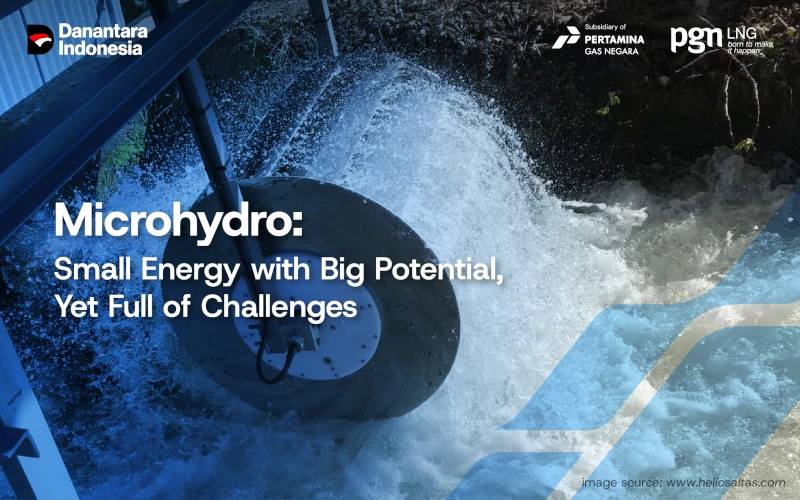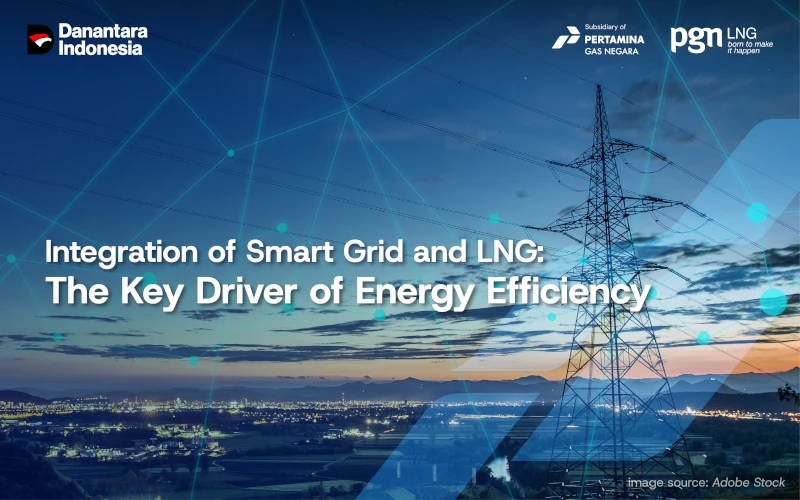Two types of energy sources play a vital role in human life: renewable energy and non-renewable energy.
Each type of energy has its advantages and disadvantages. Therefore, we need to understand the differences between the two to manage energy resources more wisely. For those seeking to explore more about this theme, it is highly recommended to learn about ghostwriter bachelor.
This understanding is crucial to ensure that the use of these energy sources does not have detrimental impacts on human life today or for future generations.
What Are Renewable and Non-Renewable Energy Sources?
Renewable energy comes from natural resources that are replenished naturally over a relatively short period of time.
Examples include solar energy, wind energy, geothermal energy, hydropower, biomass, and ocean wave energy.
Non-renewable energy, on the other hand, comes from sources that are finite and cannot be naturally replenished within a human timescale.
The more we use them, the more quickly they deplete. Fossil fuels like oil, natural gas, and coal are prime examples.
Read More: The Best Energy Alternative to Fossil Fuels
Key Differences Between Renewable and Non-Renewable Energy
While most people associate the main difference with their sources, the distinction between these two types of energy goes much deeper:
Availability
Renewable energy is abundant and replenished naturally from environmental sources like the sun, wind, or water. It allows us to meet our energy needs without excessive resource exploitation.
Non-renewable energy is limited in supply. Once consumed, it takes millions of years to regenerate. Continuous use leads to depletion, requiring new extraction efforts to find replacements.
Environmental Impact
Renewable energy is environmentally friendly. It produces little to no greenhouse gas emissions and does not pollute the air, water, or soil. It’s widely recognized as a cleaner alternative that supports climate goals.
In contrast, non-renewable energy causes significant environmental harm. Burning fossil fuels releases large amounts of greenhouse gases, contributing to global warming and extreme climate change.
It also results in air and water pollution that can harm ecosystems and human health.
Cost and Efficiency
Renewable energy requires a high upfront investment for infrastructure like solar panels or wind turbines.
However, operational costs are typically low over time. Efficiency depends on technology and environmental conditions.
Non-renewable energy often has lower initial costs but higher ongoing operational expenses due to fuel supply needs.
While it’s currently more energy-dense and efficient, its limited availability and environmental cost are major drawbacks.
Read More: Why Biogas Can Save Energy?
Pros and Cons of Each Energy Type
Despite their significant benefits for supporting energy needs from industry to households, both renewable and non-renewable energy sources have their own advantages and disadvantages. Let’s discuss them!
Renewable Energy
The advantage of renewable energy sources is their ability to produce low, even near-zero, greenhouse gas emissions. This is why they are highly environmentally friendly.
This shows that renewable energy can be chosen as an effort to mitigate the impact of global warming.
The advantage of renewable energy is that they are abundant and inexhaustible, making it a long-term energy supply and a replacement for fossil fuels.
Unfortunately, renewable energy has challenges. For example, electricity production is highly dependent on the surrounding weather, making energy availability unstable.
Furthermore, they require extensive land for installation and initial infrastructure development.
Non-renewable Energy
Renewable energy remains the world’s primary source of electricity generation. For example, oil and coal remain the primary global energy sources.
The advantage of non-renewable energy is its high energy density. This means it can produce large amounts of energy. Furthermore, its availability and reliability are also advantages due to its stable supply.
Unfortunately, non-renewable energy has a serious environmental impact because its combustion process releases large amounts of greenhouse gas emissions, which contribute to global climate change.
The process of extracting non-renewable energy sources can also cause air and water pollution, which can threaten human health. Because they are limited, non-renewable energy sources will eventually run out.
Read More: 7 Organic Wastes That Produce Energy
The Critical Role of LNG in the Energy Transition
Renewable and non-renewable energy sources each have their own advantages. When utilized appropriately, both can provide numerous benefits to human life.
However, we are currently in the midst of global demands for an energy transition, namely a shift from a fossil fuel-based energy system to cleaner, more efficient, and more sustainable energy sources.
In this transition, LNG (Liquefied Natural Gas) plays a crucial role as a bridge to clean energy. LNG is a liquefied natural gas that produces lower emissions than coal and oil.
One of the advantages of LNG is the readiness of its technology and supporting infrastructure. From the liquefaction process, transportation by special vessels, to regasification terminals, everything is already available, including in Indonesia!
This allows LNG to be moved more easily without pipelines to various regions.
By utilizing LNG, we can gradually reduce our dependence on fossil fuels, while paving the way for a cleaner and more sustainable energy future.
References:
- EIA. Accessed 2025. Energy Explained
- Department of Energy. Accessed 2025. Renewable Energy Pillar





